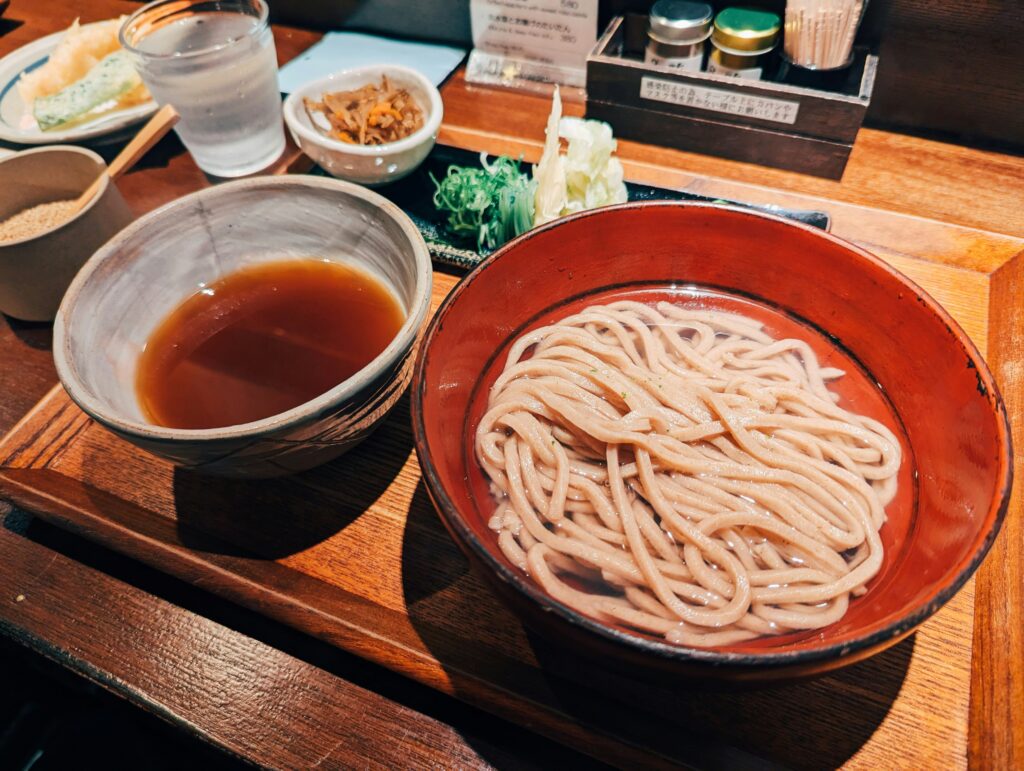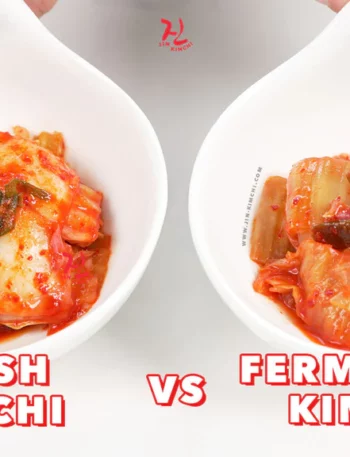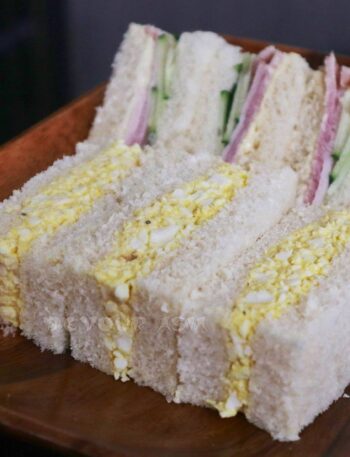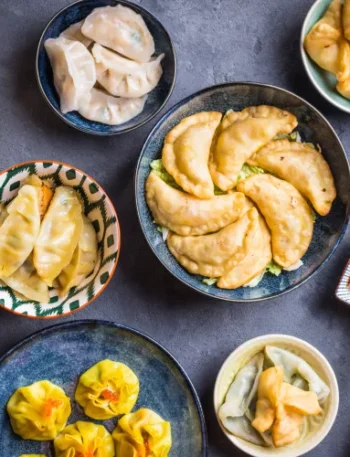If you’ve ever savored a bowl of miso soup or relished the depth of flavor in a bowl of ramen, you’ve tasted the magic of dashi. At the heart of Japanese cuisine, dashi and its key ingredient, kombu, are the unsung heroes responsible for the deep umami that defines so many iconic dishes.
But what makes kombu and dashi so special? Let’s dive into their history, science, and how they create the flavors that have captivated the world.

What is Umami?
Umami, often referred to as the “fifth taste” (alongside sweet, sour, salty, and bitter), was first identified by Japanese scientist Kikunae Ikeda in 1908.
He discovered that glutamates, naturally occurring compounds in foods, were responsible for this savory, mouthwatering sensation. Foods like parmesan cheese, tomatoes, mushrooms, and soy sauce are rich in umami, but few match the umami punch of kombu.
What is Kombu?
Kombu is an edible kelp harvested from the cold waters off Japan’s northern coasts, particularly Hokkaido. It comes in various types, each with distinct characteristics:
- Rausu Kombu: Soft texture, used for rich, flavorful dashi.
- Rishiri Kombu: Clear, light stock with a refined taste.
- Hidaka Kombu: Softer kombu often used for simmered dishes.
- Ma Kombu: Versatile and widely used for dashi.
Beyond its flavor, kombu is packed with nutrients, including iodine, calcium, and dietary fiber, making it a nutritional powerhouse.
What is Dashi?
Dashi is the cornerstone of Japanese cooking, a simple stock that brings depth and complexity to dishes without overwhelming other flavors. There are several types of dashi:
- Kombu Dashi: Made from kombu alone, offering a clean, umami-rich flavor.
- Katsuo Dashi: Made with dried bonito flakes, giving a smoky, savory taste.
- Shiitake Dashi: Made with dried shiitake mushrooms, ideal for vegetarians.
- Mixed Dashi: A combination of kombu and bonito flakes for a synergistic umami effect.
Dashi is versatile and serves as the base for soups, sauces, and simmered dishes, making it indispensable in Japanese kitchens.
The Science of Umami in Kombu and Dashi
The umami in kombu comes from its high concentration of glutamic acid. When kombu is combined with bonito flakes (rich in inosinate) or shiitake mushrooms (high in guanylate), it creates “synergistic umami.” This synergy amplifies the taste, creating an unparalleled depth of flavor that makes dishes irresistibly satisfying.
Cultural and Culinary Significance of Kombu and Dashi
Kombu and dashi have been staples in Japanese cuisine for centuries, dating back to the Edo period. Traditional dishes like miso soup and sukiyaki rely on dashi to bring out their signature flavors. Today, dashi’s influence has extended beyond Japan, inspiring chefs worldwide to incorporate its umami magic into fusion cuisines.
How to Make Kombu Dashi
Making kombu dashi is surprisingly simple and requires just two ingredients:
Ingredients:
- 1 piece of kombu (about 4×4 inches).
- 4 cups of water.
Instructions:
- Wipe the kombu gently with a damp cloth to remove excess salt but avoid washing away the white powdery umami crystals.
- Place the kombu and water in a pot and let it soak for 30 minutes to an hour.
- Heat the pot over low-medium heat until just before boiling. Remove the kombu before the water boils to avoid bitterness.
- Your kombu dashi is ready to use!
Pro Tip: Save the kombu for a second batch of lighter dashi or use it in simmered dishes.
Using Dashi in Everyday Cooking
Dashi is incredibly versatile and can elevate a wide range of dishes:
- Miso Soup: The quintessential Japanese comfort food.
- Ramen: A rich broth enhanced with dashi.
- Chawanmushi: A silky egg custard infused with dashi.
- Nikujaga: A hearty dish of simmered meat and potatoes.
Modern cooks are also incorporating dashi into unexpected dishes like risottos, marinades, and even cocktails!
Where to Source Kombu and Dashi?
High-quality kombu and dashi are widely available at Japanese grocery stores and online retailers. Look for kombu with a dark, thick texture and a white powdery coating—this indicates high glutamate content. Store kombu in a cool, dry place, and refrigerate leftover dashi for up to three days.
Kombu and dashi are the heart of Japanese umami, offering a glimpse into the magic of traditional cooking. Their ability to enhance flavors and bring depth to dishes is unmatched, making them indispensable for anyone exploring Japanese cuisine.
Whether you’re crafting a bowl of miso soup or experimenting with fusion recipes, dashi is your key to unlocking umami perfection.
So why not start making your own kombu dashi at home? It’s a simple step toward elevating your cooking and appreciating the artistry of Japanese flavors.









